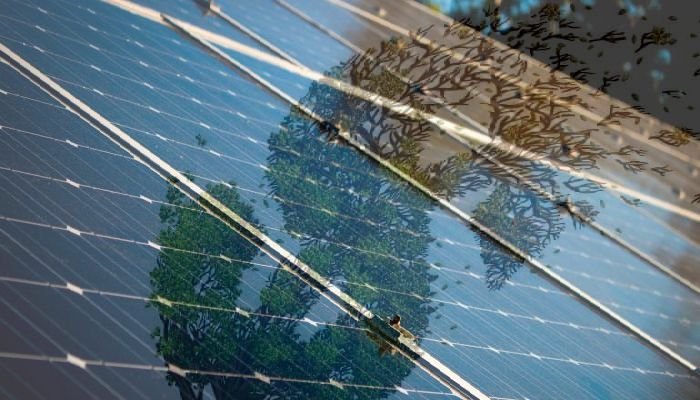India was a pioneer in making renewable energy cheaper, thanks to capacity additions based on competitive bidding. Now, it’s falling behind.
Preliminary figures from Mercom India Research, show that solar capacity additions in the June quarter fell 14% from the March quarter, and 9% from a year ago, led by a decline in large-scale solar projects.
The transition from feed-in tariff to auctions has disrupted the industry. After two and a half years, the new system has failed to bring material capacity on grid.
Sales, project development and production cycles have become serialized, costs have increased, and thus the industry is fighting for its survival.
Further, as investments in renewable energy increased, transmission constraints surfaced, leading to a bottleneck for developers.
The fragile financial health of state electricity utilities began to hurt as well, when they started delaying payments. Besides, tariffs are capped irrespective of counter party risks, execution and operational challenges.
So the two biggest issues hurting the sector right now are tariff caps and lack of financing.
Financing costs are significantly higher in India than developed countries, and land can be more expensive. However, the capex and utilization advantage is more than enough to offset this but erratic payments, transmission constraints and other factors are taking away the advantage of Indian renewable energy producers.
To get the sector back on track and restore confidence in the investment community, the government needs to facilitate lending to solar projects immediately and move away from tariff caps.
Reference- livemint, Mercom India Research , Economic Times






